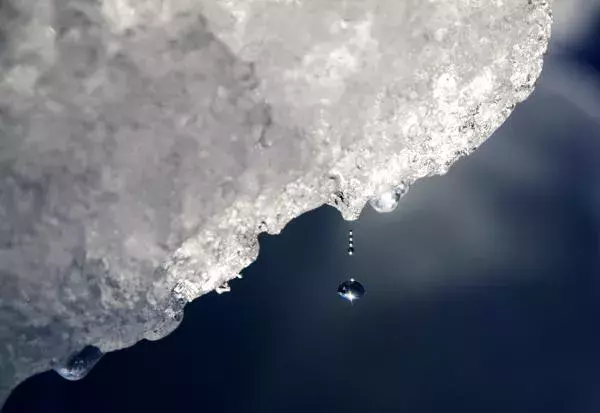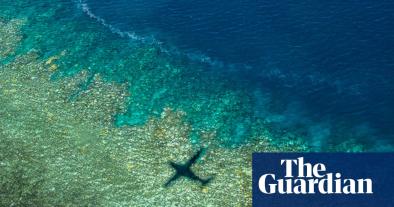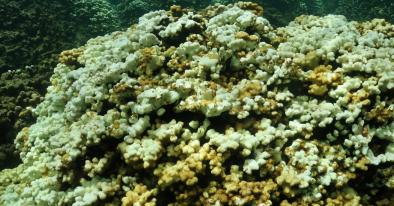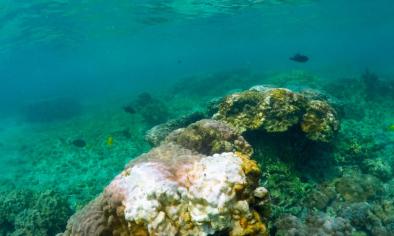Heatwaves At Poles; Drought, Floods, Hurricanes Everywhere In Between

Simultaneous heatwaves in the Arctic, with temperatures 50°F warmer than average, and the Antarctic, 70°F warmer than average, are the polar bookends around a planet of wild, warming weather. Preliminary aerial surveys of the Great Barrier Reef find some reefs not yet recovered from a severe bleaching in 2016, and the Australian UNESCO World Heritage site is again undergoing a bleaching event, one that also appears quite widespread. While such events don’t always fully kill corals, it takes time for them to recover, and “there is no historical record of such stress events happening so frequently,” reef researcher Dr. Britta Schaffelke told the Guardian. Meanwhile, in Mozambique, the death toll of last week’s Tropical Cyclone Gombe has increased to 53, with 80 injured and 400,000 impacted by the flooding and destruction. In Madagascar, four years of drought, coupled with deforestation, are turning formerly farm-friendly land into a dust bowl, with more than a million people in southern Madagascar seeking assistance from the World Food Program. Meanwhile Kenyans are dealing with the opposite problem: lakes are expanding rapidly, encroaching on schools and other facilities, with hippos now swimming where teachers lived before their houses were subsumed by the water. Across the planet in California, however, officials on Friday announced that State Water Project allocations will need to be cut by 5% to 15% as the state enters its third year of drought. “We are experiencing climate change whiplash in real time with extreme swings between wet and dry conditions,” Department of Water Resources Director Karla Nemeth said in a statement about the conditions in California, which is clearly true well beyond the state’s borders.
(Polar temps: The Guardian, AP, Washington Post $, USA Today, Washington Post $, The Hill, ABC; Great Barrier Reef: The Guardian, AP, Reuters, Wall Street Journal $, Bloomberg $, Weather Channel, Newsweek; Tropical Cyclone Gombe: Reuters, Al Jazeera; Madagascar: Reuters, The New Humanitarian; Kenya: The Guardian; California: LA Times $, The Hill, CNBC; Climate Signals background: Polar amplification, Coral bleaching increase, Cyclonic storms, Drought, Flooding, Extreme precipitation increase)
To receive climate stories like this in your inbox daily click here to sign up for the Hot News Newsletter from Climate Nexus:
Related Content





